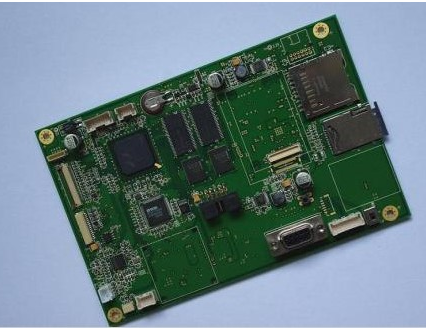The broad innovations introduced and emerging in the current era require attention to the medical and biomedical equipment/equipment that is being developed. From portable cribs to graves, it is now becoming a major element of people's lifestyle. Even with the rapid development of the medical industry in terms of technological progress, the engineering of medical equipment faces many challenges. With this, advanced printed circuit boards are being developed with the latest designs of complex treatment equipment. So far, all major inventions of PCBs for medical devices are the souls of American PCB manufacturers. By introducing precise analog/digital design, this has taken a big step for the use of custom PCBs in mainstream industries; multilayer circuit boards, BGA has various manufacturing technologies, such as through-hole technology, surface mount technology, box assembly Components, wiring harness components, etc. This article briefly introduces the drift of using enhanced PCB assembly and PCB manufacturing methods to develop new concepts in the medical industry. In addition, it also highlights the recent medical technology upgrades that have been invented globally.
Develop medical devices using enhanced PCB assembly and PCB manufacturing methods

Since 1900, printed circuit boards have been in fashion, and gradually tend to provide electronic solutions for the Department of Defense. American armies. From the origin of PCB and the idea of automatic assembly process is based on PCB manufacturers in the United States. The use of PCBs has been found in all industries, which are focused on new and modern ideas for their production and NPL (New Product Release). The medical, aerospace, military, industrial, renewable, telecommunications, and automotive industries are now part of these transformations. This is a new dawn for the renaissance of the medical industry. The most advanced electronic products and PCB solutions provide a deep understanding of people's lifestyles through many user-friendly treatment methods. As a result, this has generated more and more health awareness among people, and concerns about the use of medical equipment to maintain high-quality control and safety measures.
Medical technology has taken the podium to mend and heal the people by suspending new ideas. The modernization trend of fitness and health equipment, diagnostic methods and AT (Automated Therapy) equipment has made rigid/flexible PCB manufacturing and PCB prototyping with embedded components and 3D modeling a natural choice for PCB manufacturers. This has even led to the need for miniaturization of PCB prototype manufacturing. Behind the scenes, the development of PCB assembly and PCB manufacturing processes has changed the use of medical equipment, providing better treatment results.
The innovations outlined in the medical equipment for cardiac diagnosis are used to diagnose heart disease, control the position and speed of the motor, the medical motion control system, the electronic nerve stimulation device that provides smooth electrical pulses to the paralyzed muscles, the robot stent and the motor controller. To control the speed and direction of the central logic controller of any robotic device, an artificial cardiac pacemaker regulates the heartbeat, a blood glucose monitor to test the sugar level in the body, and a computed tomography (CT) scanner scans bones-blood vessels-soft tissues and internal organs of the body. More people have shown improvements in diagnosis, ultrasound equipment, ultrasound examinations, and treatment of these diseases.
In addition to these developments on PCBs in medical and dental equipment, quality and safety are the primary considerations for PCB manufacturing services. In order to strictly control the quality and achieve defect-free PCB production technology, testing methods are rarely used, including the "thermal curve measurement method" for measuring complex PCB temperature curves, the "flying probe test" to verify component placement, and the "ICT test" testing prototypes Parameter failures and design failures, and "functional tests" to control the behavior and functions of the circuit board.